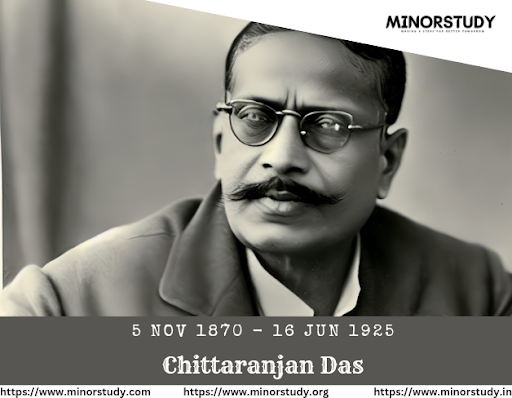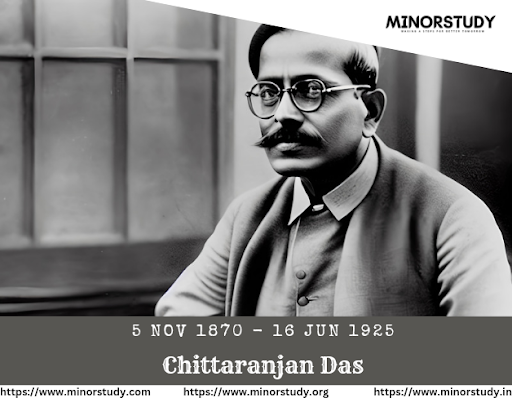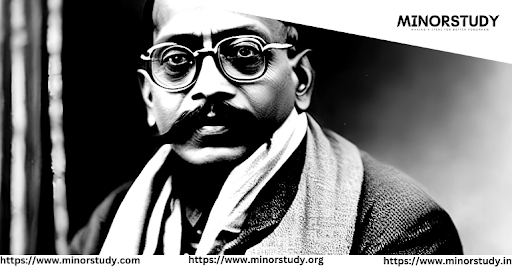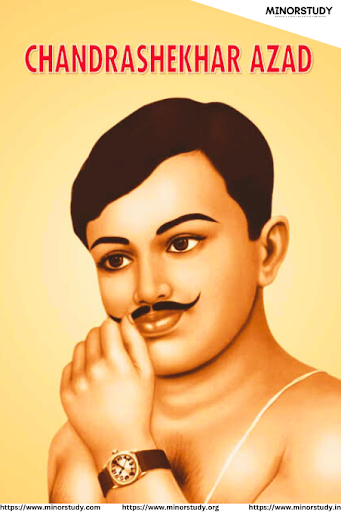Earth Day is a global initiative to preserve the Earth through volunteer work, donations, or political lobbying as threats to the planet grow.
Earth, because of human action, is in a difficult situation. People are starving and dying of dehydration, ecosystems are being destroyed, and the ozone layer is getting thinner. Our water and air are becoming increasingly polluted, endangered species are rapidly disappearing, and weather systems are being pushed to their limits.
A frightening image, but thankfully one that we can all alter! One of the first global initiatives to conserve and protect the earth is Earth Day, which is now an annual event that aims to bring about positive change on a global scale. It aims to motivate people, communities, businesses, and governments worldwide to take action and contribute to the planet's preservation.
The history of Earth Day Earth Day is the largest environmental movement in the world and the most widely celebrated secular holiday. It is celebrated by over 1 billion people and more than 75,000 partners every year in almost 200 countries.
After witnessing the oil spill in Santa Barbara, California, in 1969, founder Gaylord Nelson, a former US senator, came up with the concept. He was motivated by the energy of the student anti-war movement and believed that concerns about air and water pollution required more attention.
Senator Nelson enlisted youth activist Denis Hayes to help organize the first Earth Day in 1970. The date of April 22 was chosen because it fell during the academic year, ensuring that as many students as possible could participate. The event was originally planned as a campus teach-in.
Nelson, Hayes, and their team were successful in promoting events across the United States and disseminating the message to a wide audience, including the national media. 20 million Americans took to the streets to mark the first Earth Day, making the event a huge success. They exhibited on the side of the reason, and gatherings that had recently been lifting up ecological issues independently met up on the day because of their common qualities.
The primary Earth Day helped put ecological insurance on the political plan and achieve change. That very year the US Natural Assurance Office was set up, and not long after different regulation was passed, including the Perfect Air, Clean Water and Jeopardized Species Acts.
Earth Day didn't become a global event until 1990, when it reached 200 million people in 140 countries. Constantly it had arrived at in excess of 180 nations and involved countless members around the world. Additionally, Earth Day celebrated its 50th anniversary in 2020.
2016's Earth Day was an especially exceptional year, as it proclaimed the Unified Countries' reception of the Paris Understanding. This international treaty, which was signed by 175 nations, set legally binding goals for dealing with the climate crisis. It made sure that as many nations as possible are working together to cut emissions and stop global warming.
Earth Day serves as a day of action to promote environmental consciousness through participation, activism, education, policy modifications, and peaceful protest. It has zeroed in on different topics throughout the long term, for example, environmental change, trees, clean water and a sound climate for kids, and various associations and scenes have occasions that grandstand the significance of really focusing on the climate.
People learn about the effects of their actions on the environments and ecosystems in which they live on this important day. Additionally, it affects people's health, access to food and water, safety, and means of subsistence in addition to the negative effects on the environment. People choose to make conscious changes to get involved, like using renewable fuels, recycling more, and conserving water.
The publication of Rachel Carlson's book Silent Spring in 1962 raises public awareness of the plight of living things. It sells more than 12 million copies in at least 24 countries and climbs the New York Times bestseller list.[1] The first Earth Day is observed in 1970. After witnessing a massive oil spill in California, Senator Gaylord Nelson of Wisconsin proposes a teach-in on college campuses. He chooses April 22 to fall between spring break and final exams to encourage as much participation as possible. This bi-sectarian occasion drew in 20 million Americans in attempting to safeguard the planet.[2]
1990
Earth Day takes on the globe
Taking Earth Day all over the planet, only 20 years after the first occasion the cooperation expanded ten times to incorporate 200 million individuals from somewhere around 140 countries.[3]
1992
Joined Countries Earth Highest point happens
The Unified Countries Gathering on Climate and Improvement (UNCED) meets in Rio de Janeiro to resolve issues of manageability and give open doors to joint effort around the topic.[4]
2000
Earth Day arrives at record numbers
In festival of the new thousand years and the 30th commemoration of the recognition, Earth Day incorporates 5000 ecological gatherings from 184 nations with exercises all around the world.[5]
Instructions to observe Earth Day
There are an entire host of exercises you can engage in to check this significant event, all over the planet as well as even in space! People from all over the world can find and share Earth Day-related events, such as presentations, film screenings, cleanups, and conservation efforts, on the website. This means that Earth Day enthusiasts can participate in activities both locally and globally! Additionally, NASA frequently holds an event from the International Space Station, such as livestreaming an image of our beautiful planet for everyone to view.
One more extraordinary method for observing Earth Day is by finding out about how your activities treat the climate and why keeping up with the world's biological systems is imperative to our endurance. Articles, quizzes, documentaries, and a plethora of other online resources are available to assist us all in learning more about our precious planet and the role we can play in protecting it.
If you have the means, why not make a financial contribution to an environmental organization like Greenpeace, the Rainforest Alliance, or the Union of Concerned Scientists through the official Earth Day website? Your help will assist with an entire scope of missions and ventures, including pushing states and organizations towards additional harmless to the ecosystem strategies, forestalling harming practices, for example, deforestation and digging for petroleum products and safeguarding those networks generally powerless against the impacts of environmental change. You could also make a real difference in your community by volunteering for environmental organizations in your area.
Above all else, this occasion ought to be a regular habit rather than a single day! It is possible to make significant changes to our way of life, even the simplest ones. Use a search engine that is better for the environment, buy produce from the store that hasn't been wrapped in plastic, and wear an extra sweater instead of turning on the heat.
If you really care about the environment, there are a lot of other things you can do to live in a way that is greener and more sustainable. Some of these things include using renewable energy to power your home, cycling and walking more, driving less (or buying an electric car), eating less meat and seafood, recycling waste, planting wildflowers in your garden for the bees and butterflies, and making sure that your investments, like your pension fund, are helping to create green jobs and a green economy. Make sure to promote National Earth Day on social media and explain to your loved ones why protecting the environment is so important to you.
FAQs: Is Earth Day celebrated worldwide?
Yes! Even though the name Earth Day originated in the United States, the holiday is now observed in at least 193 countries worldwide.
What does Earth Day mean to you?
Earth Day can be celebrated in a variety of ways by communities, groups, organizations, and individuals, including raising awareness, participating in sustainability projects, volunteering, making donations, and a great deal more.
Is Earth Day generally on April 22?
Yes! Since its origin in 1970, Earth Day has been commended yearly on April 22. This was the ideal time between spring break and finals because of the original idea to reach college students.
Who came up with Earth Day?
Even though the UNESCO Conference in San Francisco in 1969 set the stage, US Senator Gaylord Nelson, who proposed an environmentally focused day for college campuses, actually carried it out. From there, the idea developed.
How did Earth Day begin?
The initial concepts for Earth Day were developed in the United States and were intended to be observed as "teach-ins" on college campuses. However, the concept quickly developed into an international holiday that included most of the world's nations.
Why in the News: Earth Day is observed annually on April 22 to raise public awareness of the environment and encourage people to save and protect it.
The year 2021's theme, "Restore Our Earth," looks at natural processes, new green technologies, and creative ideas for restoring the world's ecosystems.
First, some background:
Earth Day was first observed in 1970, when 20 million people took to the streets in response to the call of US Senator Gaylord Nelson to protest environmental degradation.
The oil spill in Santa Barbara in 1969, in addition to other issues like smog and polluted rivers, set off the event.
The United Nations declared April 22 to be "International Mother Earth Day" in 2009.
2) About:
Earth Day.ORG, a non-profit organization, is now in charge of global coordination. Earth Day Network was its old name.
"Build the world's largest environmental movement to drive transformative change for people and the planet" is its stated objective.
It perceives an aggregate liability, as called for in the 1992 Rio Statement (Earth Culmination), to advance congruity with nature and the Earth to accomplish a simply balance among the monetary, social and ecological necessities of present and people in the future of mankind.
On Earth Day 2016, nearly 200 nations signed the landmark Paris Agreement, which sets a common goal for lowering global greenhouse gas emissions.
Other Significant Dates: March 22 April 22 is World Water Day. On Earth Day, May 22: June 5 is World Biodiversity Day. Earth Overshoot Day Earth Hour is a World Wildlife Fund for Nature (WWF) initiative that began in 2007 and is held annually. Every year, it takes place on the last Saturday in March.
It energizes individuals from in excess of 180 nations to turn off the lights from 8.30 pm to 9.30 pm according to their nearby time.
Questions to ask: Why is April 22 designated as Earth Day?
Arbor Day, which began in Nebraska in 1872 and is a day on which people are encouraged to plant trees, and the April 22 date were chosen in part because they fell between college spring break and final exams.
When did Earth Day first occur?
On Earth Day. On April 22, 1970, the first Earth Day celebrations took place at tens of thousands of locations across the United States, including elementary and secondary schools, universities, and community centers. The event was attended by an estimated 20 million people nationwide.
Who is referred to as Earth Day's father?
In spring 1970, Congressperson Gaylord Nelson made Earth Day as a method for constraining this issue onto the public plan.
Why is Earth Day celebrated?
In 1970, a senator from Wisconsin in the United States organized a nationwide demonstration to bring attention to environmental issues. This marked the beginning of Earth Day. By the end of the year, rallies were held all over the country, and the Environmental Protection Agency had been established by the government of the United States.
Why is Earth Day celebrated in India?
Earth Day is celebrated to build the largest environmental movement in the world and to bring about positive change for both humans and the environment. It educates people about pollution and ways to keep the environment clean.
How frequently are Earth Days observed?
Earth Day is praised on April 22 in the US and on either April 22 or the day the spring equinox happens all through the remainder of the world. Sen. Gaylord Nelson of Wisconsin was inspired to organize a national celebration to unite the environmental movement during the 1960s.
What is Earth Day's focus?
Earth Day was established in 1970 as a day of environmental education, and it will take place on April 22 in 2023. The holiday has grown into a global celebration that sometimes extends into Earth Week, a seven-day celebration of activities promoting sustainable living and addressing the climate crisis.
For World Earth Day, what should be the slogan?
Green and clean the Earth. Give nature some love. Save the Earth and go green. Reuse your today with the goal that you don't need to lessen your tomorrow.






































